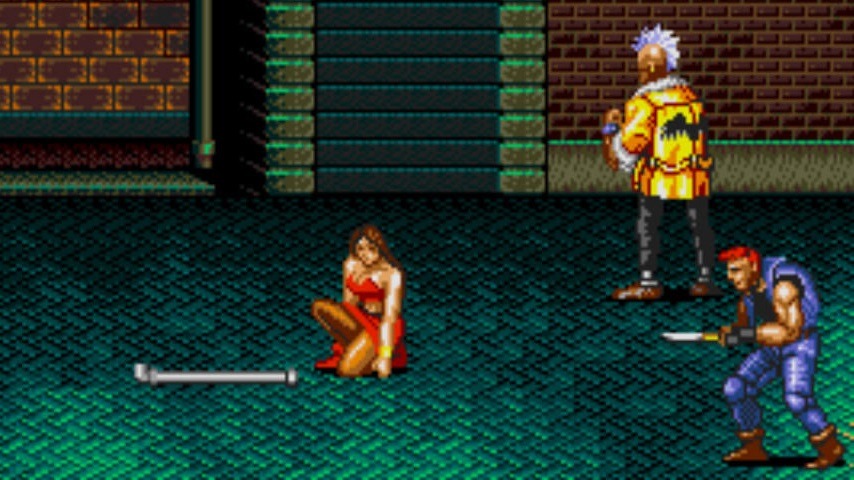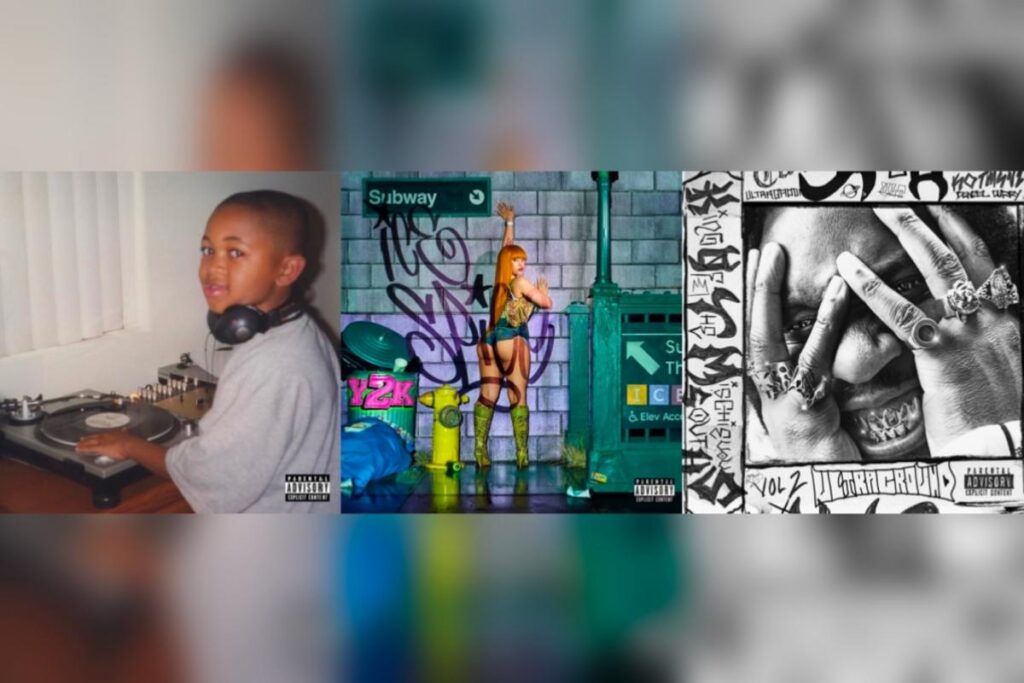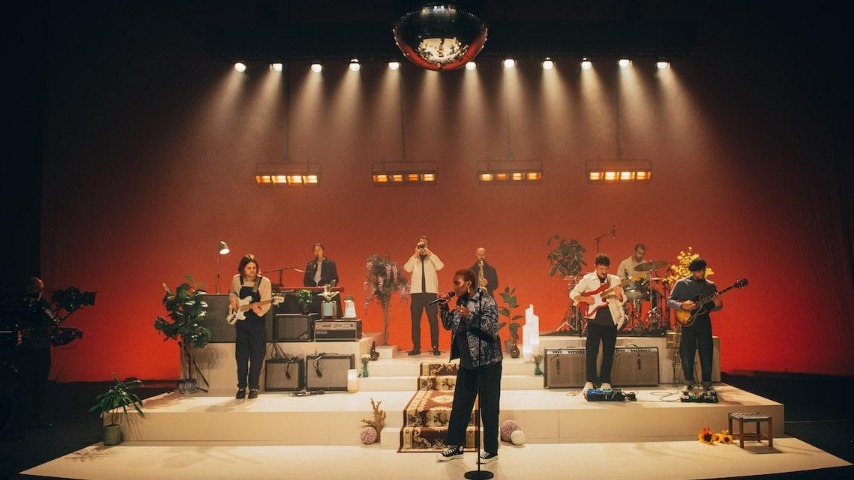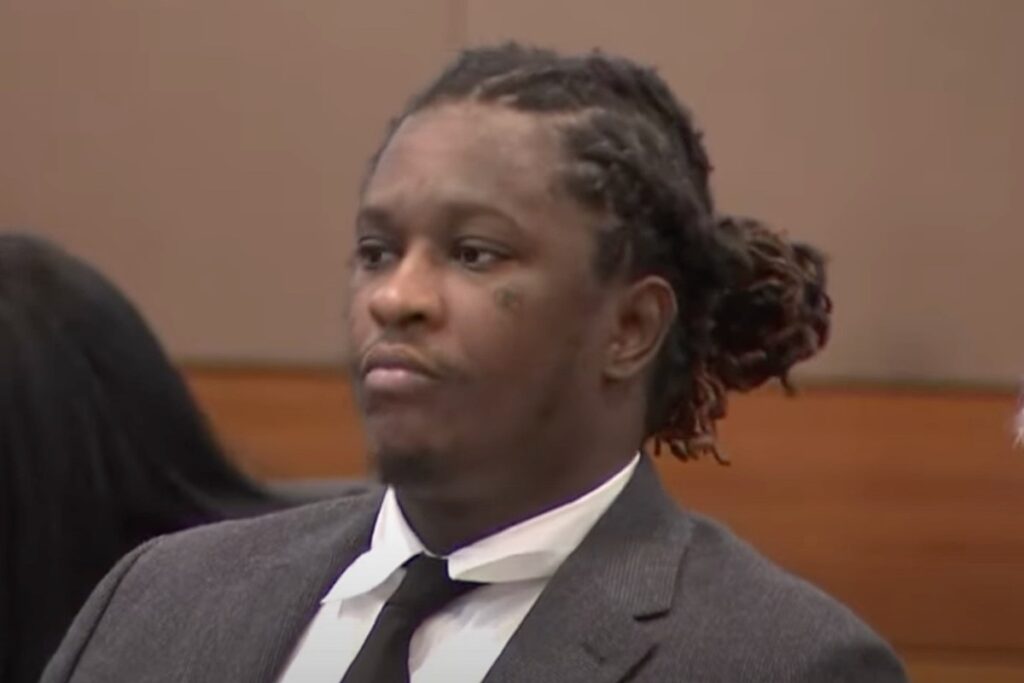The ‘80s sucked.
A lot of people have nostalgia for the music, maybe some of the fashions, and various media properties. Let’s be real, most decades suck. But the ‘80s DEFINITELY sucked.
They gave us the massive expansion of the racist War on Drugs by the monstrously racist Reagan administration—from mandatory minimum sentencing to expanded racial profiling that would have devastating effects on communities of color (especially Black communities) for decades to come. Then there was the inhuman homophobic mishandling of the AIDS epidemic by the monstrously homophobic Reagan administration, which left nearly 90,000 people dead by the end of his presidency as he callously watched. That’s just two big top-level disastrous executive priorities. There’s so much more. And then we went right into that rich CIA shitdick (and Reagan’s Vice President) Bush #1 to kick off the ‘90s, who continued both of these nightmares with his racist and homophobic policies.
But despite the wanton, destructive maliciousness of those fuckfaces, communities that had been ravaged and oppressed by the grotesqueries of the federal government found ways to push art and culture ever forward.
We got Chicago House music.
Tracing its origins to gay nightclubs of Chicago and the Black DJs and producers who developed and promoted the squealchy hypnotic beats of the TB-303 bass synthesizer (at the time an accessible way of making dance beats for artists with little cash), House is where all electronic music flows from.
Disco (also originally very Black and very gay) had died a slow strangulation from white suburban colonization, and new jams were needed. And thanks to the sonic ingenuity of Black musical groups like Phuture and producers like Frankie Knuckles, we got Chicago Acid House. By the mid-’80s, other subgenres exploded. And from there the wide, the fragmented landscape of electronic music took shape.
The other thing that happened in the ‘80s is the advent of stable digital FM synthesis, often harsh and known for its bright sharp bell tones. The Yamaha DX7 became a staple of ‘80s synth sounds, and when it came time to establish the 4th generation of game consoles, Sega went with Yamaha.
“The Super Nintendo will have better sound than the Genesis,” is an argument you heard a lot as the ‘80s closed out. And as the ‘90s geared up, it became a constant refrain as more and more players got their hands on both systems and the so-called console wars raged feverishly on the playground, stoked by aggressive advertising campaigns.
Let’s be clear: “What has the best sound?” is a fundamentally hollow and consumerist argument that only serves the market demands of corporations who don’t give a shit about you. The “console wars” is a marketing term, and indulging in that in any way is just feeding the console makers. You’re doing faux sectarian branding and not even getting paid for it.
Let’s talk audio facts.
Sega, NEC, and Nintendo all took different approaches to their 16-bit offerings. Nintendo went to Sony’s Ken Kutaragi to develop an entire audio subsystem. The Hudson Soft-designed TurboGrafx used an in-house processor with six 5-bit wavetable synthesis channels. And Sega drew upon their arcade board lineage and went all in on FM synthesis in the form of Yamaha’s YM2612. It also inherited the Master System’s Sega PSG (a Texas Instruments SN76489 clone) which some enterprising composers would mine for extra channels to play with.
Are these considerable hardware differences? Absolutely. Do they signify different ideas of what the console can and would do? You bet your life. Each approach carried with it a need to understand the hardware and software layers to sound programming and composition. They all had strengths and weaknesses, and each console had duds, triumphs, and composers who became legendary pushing the hardware to the limit. And we got nearly a decade of sick soundtracks no matter which console we threw in with.
This week, we’re tackling the Sega Genesis or Mega Drive (which is a much cooler name), because I want to talk about that CRONCH.
FM synthesis is known for tending toward a sound that is crunchy and harsh (but also for bright shimmering bell tones). The Genesis dove headlong into embracing all of that, and some of the sickest House influenced beats to grace any console, then and now.
So what’s the TL;DR of this history lesson?
Electronica wouldn’t exist without Black artists and the ‘80s gay club scene.
Corporations still aren’t your friends.
And fuck the Gipper’s hateful, dead ass deep into hell.
Okay, party people. Get on your feet, it’s time to dance.
Cyborg Justice
Before Ecco the Dolphin became a surprise classic, Novotrade International made a side-scrolling beat ‘em up that was innovative, clunky as hell, and exactly the kind of bullshit games need to be sometimes. From the Wikipedia entry:
The game’s opening cinematic shows a spaceship crashing onto a mining colony. The ship’s
occupant dies shortly after the crash. The space-traveler’s brain is saved and it is
transplanted into cyborg body. His memory is erased so that he can be put to work. The
memory wipe fails and the player, as the unwilling cyborg, must escape.
Wikipedia thinks this section needs expansion, but they’re wrong. This is perfect. And the soundtrack, composed by András Magyari, is equally perfect.
When you’re dealing with unwilling cyborgs in a space mining colony, you have to go cronch. There is no other way. And this is one of the crunchiest, most distorted, and slam-filled soundtracks of the era. Sadly the game wasn’t a runaway hit, but the small cult following it developed has carried it forth, thanks largely to the beats that must be heard.
A lot of Genesis soundtracks tend toward the bright, sunnier spectrum. FM synthesis is known for this, and it’s how it frequently was used throughout the ‘80s and well into the ‘90s. Cyborg Justice stands out in the same way that Shadowrun for the Genesis does—abandoning that peppy brightness for a slower, industrial-by-way-of-house music sound. It embraces the harshness at the low end. Turning the energetic sparkles other Genesis composers would race through into the scraping crunch of metal on metal. The grind of gears, the wet ripping sounds of meat being converted to machine. But always something you can dance to.
The Adventures of Batman & Robin
Industrial really went big in the ‘90s. With the mainstream success of Nine Inch Nails in 1989, the danceable broody bastard son of punk, art rock, and house music that came of age in the ‘80s was primed to go bigger, become adopted by the likes of David Bowie for his latest incarnation, and give us an entire decade of ridiculous latex-clad club sequences in movies.
The Genesis version of The Adventures of Batman & Robin is kind of a disaster. It’s not fun, it’s not particularly pretty to look at, it’s punishingly difficult in ways that skill can’t account for. But Jesper Kyd (yes, that Jesper Kyd) decided to do something fantastic. He didn’t make a Batman soundtrack. It’s dark, dancy, and has nothing to do with what you think Batman should sound like.
Jesper Kyd recasts Gotham City as the aforementioned ‘90s industrial goth club, the kind you’d find in movies like The Crow. This is a soundtrack to a Batman where Joker fell into a vat of liquid MDMA and Robin is a derelict rent boy with nipple piercings looking for a Daddy and electro play while Lords of Acid shakes the club’s foundations with sampled sex noises and New Beat loops. Where guitars have been run through so many filters they no longer make sense, they’re just there to make revving engine crunch noises to counterpoint the more slippery synths. And through it all a pounding, rhythmic, often-monotonous percussion.
Look, the game is crap. I’m telling you this in case you feel the need to seek it out. The Adventures of Batman & Robin got multiple adaptations to videogames and they’re all bad (but this is DEFINITELY the worst). Still, the soundtrack that Kyd produced, harnessing the sound driver he created at Zyrinx and used for games like Sub-Terrania and Pro-Moves Soccer, absolutely slaps.
Streets of Rage 2
Look, it was going to happen. It’s probably the biggest, most celebrated soundtrack from the Genesis’ entire 9-year run (no, I’m not counting the Konami/Majesco Frogger).
Yuzo Koshiro is a legendary videogame composer. With a career spanning from 1987 until now, he’s basically responsible for dance music motifs making their way into videogames. Even if you don’t know the name, you know the tracks, you know the games.
Streets of Rage 2 is probably the definitive soundtrack experience of the Genesis era. It’s not my favorite, but it’s undeniable. It’s also the synthesis of everything we’re talking about this week. House music, the lingering nightmare landscape Reagan sent forward into the future, and how hardware merely defines the toolset that composers have to express themselves.
It’s the brightness of the DX7 bringing FM synthesis to the world musical stage, the telltale motifs of Disco brought to new life with squelchy drums and repetitive loops by Chicago House producers. It’s Club MTV trying to package Black, queer, and especially Black queer culture into something white suburban kids would embrace. It’s safe to say that Koshiro brought electronic music to videogames. The other two Genesis titles in this week’s column probably wouldn’t have existed without him blowing the doors open with grooves that borrow from Chicago, all the way to UK and European subgenres, with a definite layover in Detroit.
Streets of Rage 2 slams. But it’s not just for being an incredible, infectious series of grooves that hitched a ride on a solid, stylish, and engaging beat ‘em up—it’s a musical history lesson too. A guided sample tour of multiple House music genres as well as jazz, funk, and the burgeoning eletronica of the early ‘90s. Woven within these tracks is a time-capsule love letter from one composer to an entire era of music that’s every bit as vibrant now as it was exhilarating then.
Oh, and yeah—fuck Reagan.
Audio Logs is Dia Lacina’s weekly non-linear, non-hierarchical aural odyssey through gaming’s great soundtracks.
Dia Lacina is a queer indigenous writer and photographer. She tweets too much at @dialacina.




